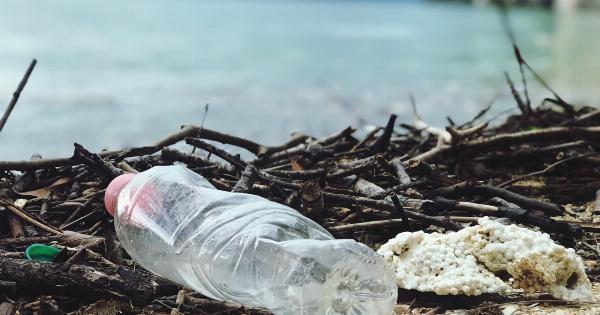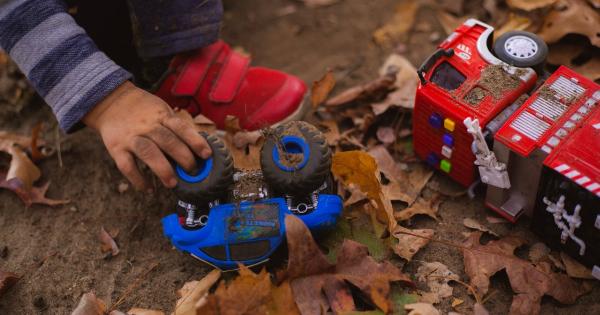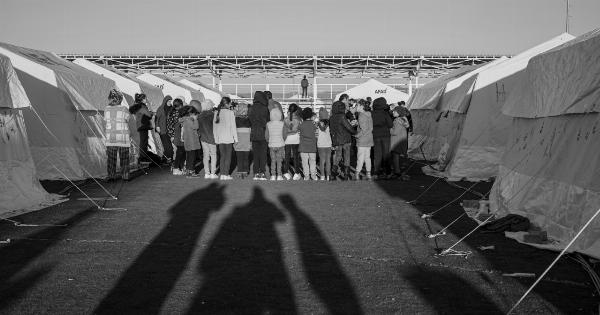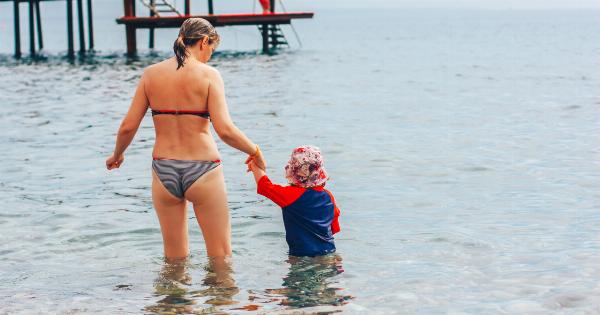Dangerous substances can be found in every home, from cleaning supplies and medications to plants and certain foods.
As a parent, it is crucial to be aware of potential hazards in your household and understand how to prevent poisoning incidents, as well as what steps to take if an accidental poisoning occurs. This comprehensive guide will provide you with the necessary information to keep your children safe from poisoning risks.
What is Poisoning?
Poisoning occurs when a harmful substance enters the body through ingestion, inhalation, absorption, or injection. Common toxic substances include household chemicals, medicines, plants, alcohol, pesticides, and venomous bites or stings.
In children, accidental poisoning is a leading cause of injury and can have severe consequences if not promptly treated.
Prevention Measures to Safeguard Your Home
Creating a safe environment for your children involves taking proactive steps to prevent accidental poisonings. Here are some crucial measures to implement:.
1. Store Medications Properly
Keep all medicines, including vitamins and supplements, in a locked cabinet or out of children’s reach. Ensure childproof caps are securely closed after each use.
Be cautious when visitors bring medications in their bags or purses, as they can pose a danger to curious children.
2. Secure Household Cleaning Items
Store cleaning products, such as bleach, detergent, and drain cleaners, in high cabinets with safety latches. Consider using child-resistant packaging and always put them away immediately after use.
Be wary of colorful and appealing packaging, which can attract young children.
3. Handle Pesticides Carefully
If you use pesticides, follow the instructions carefully and keep them in their original containers. Store them in a secure location away from children.
After outdoor pesticide applications, restrict access to treated areas until they dry or as directed by the product label.
4. Be Mindful of Plants
Some indoor and outdoor plants can be poisonous if ingested. Remove any potentially toxic plants from your home or place them out of reach. Familiarize yourself with the common poisonous plants to ensure their absence from your surroundings.
5. Safely Store Alcohol
Alcohol can be dangerous to children, even in small amounts. Store alcoholic beverages securely and out of sight. Be vigilant during social gatherings where guests may leave their drinks unattended.
6. Avoid Non-Food Substances
Teach your children not to put non-food items in their mouths, as some substances might be toxic. This includes items like art supplies, cosmetics, batteries, and poisonous household items like lead-based paint.
7. Install Carbon Monoxide (CO) Detectors
Carbon monoxide is an odorless and invisible gas that can be extremely harmful. Install CO detectors in your home, especially near bedrooms. Regularly check and change the batteries to ensure they are in working condition.
What to Do in Case of Poisoning
Despite taking preventative measures, accidental poisonings can still occur. It is crucial for parents to be prepared and know what steps to take in such situations:.
1. Stay Calm and Assess the Situation
Remain calm and quickly determine the type and amount of the substance your child has been exposed to. Check for any visible symptoms or distress.
2. Do Not Induce Vomiting
Do not attempt to induce vomiting unless explicitly instructed by trained medical professionals or poison control. Some substances can cause more harm if vomited, while others may already be absorbed or have corrosive properties.
3. Contact Poison Control Helpline
Call your local poison control center or the national poison helpline immediately. The experts will guide you through the necessary steps based on the substance involved and your child’s condition.
4. Follow Professional Advice
Provide the poison control center with all relevant information and follow their recommendations precisely.
They may advise you to monitor your child’s symptoms, administer first aid, visit the emergency room, or stay at home depending on the urgency and toxicity of the situation.
5. Prepare for Emergency Medical Assistance
If directed by the poison control center or if your child displays severe symptoms, be prepared to call emergency services and provide them with accurate details of the poisoning incident.
Common Poisoning Symptoms
It is vital to be familiar with the common signs and symptoms of poisoning, which may vary depending on the substance. The following symptoms should raise concern:.
1. Nausea and Vomiting
2. Diarrhea
3. Abdominal Pain
4. Difficulty Breathing
5. Dizziness or Weakness
6. Unconsciousness or Seizure
7. Burns or Redness around the Mouth
8. Change in Behavior or Alertness
9. Unusual Odors on Breath or Clothing
10. Ingestion of Medications or Hazardous Substances
If your child exhibits any of these symptoms, seek medical help immediately.
Conclusion
Prevention is key when it comes to safeguarding your children from accidental poisoning.
By taking proactive measures such as storing medications properly, securing household chemicals, and being vigilant about potential hazards in your home, you can significantly reduce the risk. However, if an accidental poisoning occurs, stay calm, contact the poison control center, and follow their guidance. Being prepared and knowledgeable can save your child’s life in such emergencies.






























